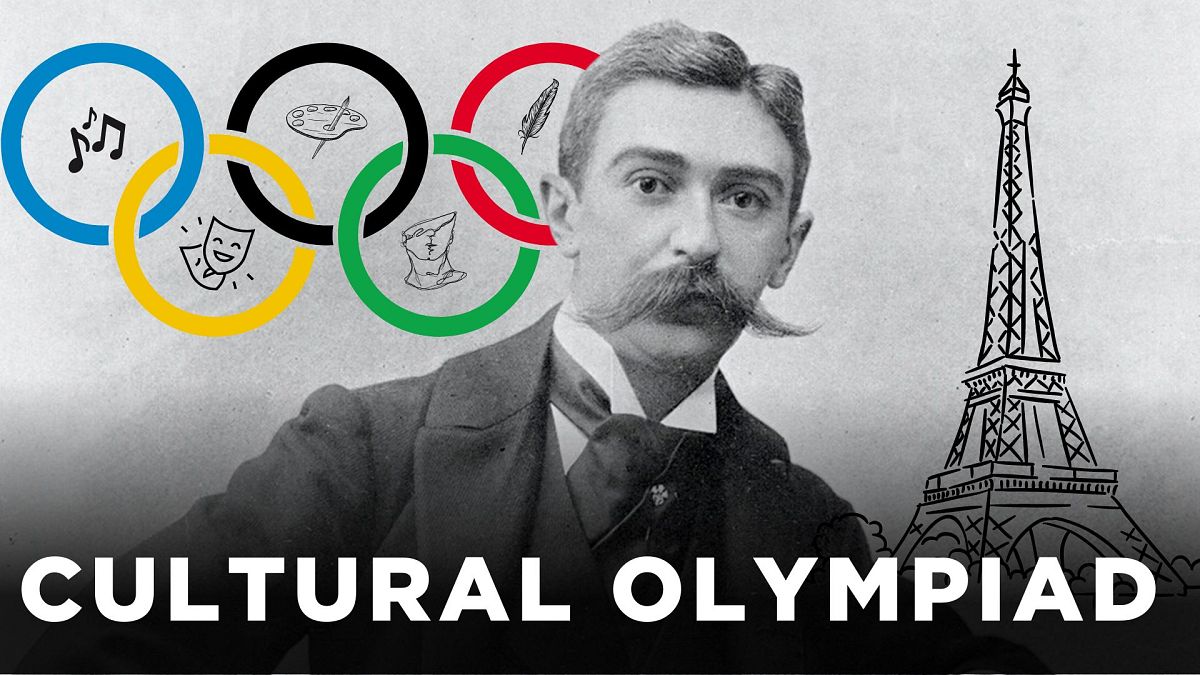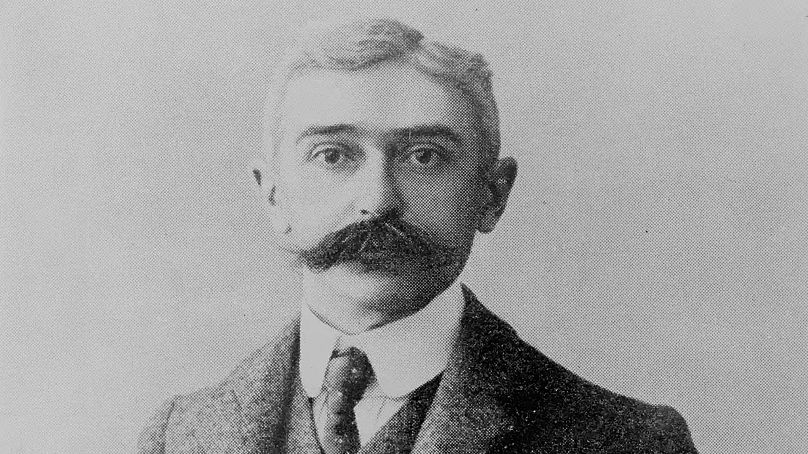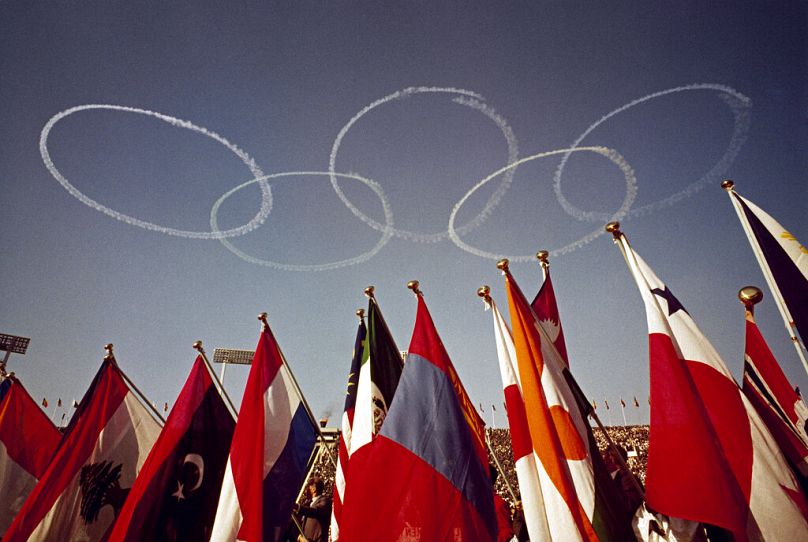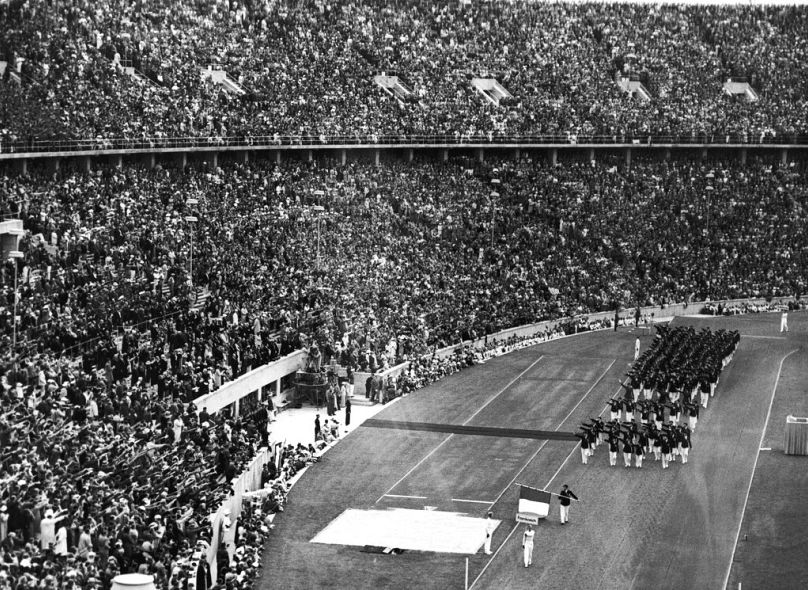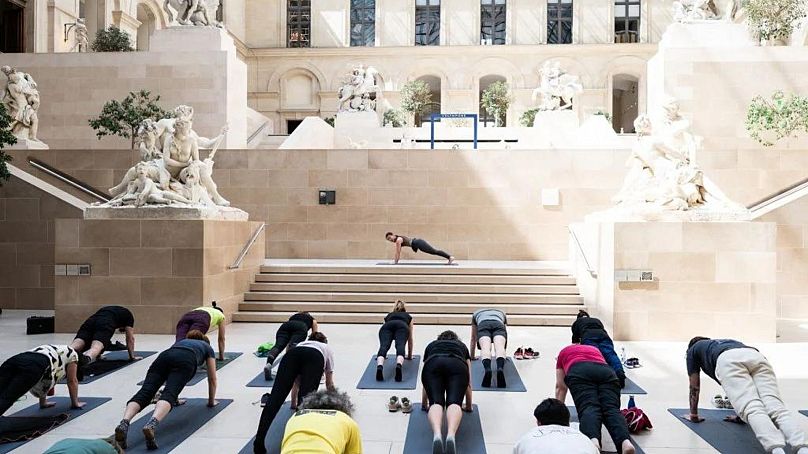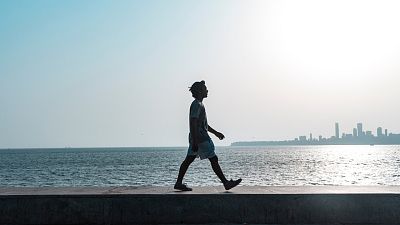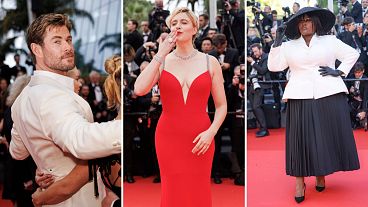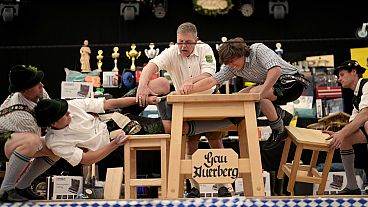The Cultural Olympiad has a history spanning over a century. But what exactly is it, where did it originate, and how has it evolved?
Baron Pierre de Coubertin may have stood at a modest 5'3", but his impact on the 20th century was nothing short of monumental.
From the 1890s, the Parisian educator and historian aimed to revive the ancient Greek tradition of quadrennial celebrations of athletics and the arts. These celebrations, once held in Olympia from 776 BC to 395 AD, laid the groundwork for what we now call the Modern Olympics.
During the Ancient Games, athletes shared the stage with philosophers, scholars, poets, musicians, sculptors, and high-profile leaders. Courbertin referred to this gathering of talents as the ‘spirit of Olympism.’
"Olympism is not a system, it is a state of mind. It can permeate a wide variety of modes of expression and no single race or era can claim to have the monopoly of it," he said.
In 1894 Coubertin founded the International Olympic Committee (IOC) in 1894, leading to the first modern Games in Athens in 1896. But it wasn’t until 1912 in Stockholm that his dream of merging the arts with athletics truly took off.
Since then, Coubertin has been celebrated as the father of the Modern Olympic Games, and it's thanks to him that we still enjoy the Cultural Olympiad today.
What is the Cultural Olympiad?
From 1912 to 1948, the Cultural Olympiad included art competitions within the Olympic Games, awarding medals in architecture, literature, music, painting, and sculpture for works inspired by sport-related themes.
Nowadays, the Cultural Olympiad takes on a different form. Instead of competitive art, it's about the host country putting on a dazzling array of cultural events that run parallel to the Olympics.
For host cities, this concept has helped position them as leading cultural and creative hubs, as exemplified by Barcelona 1992, Sydney 2000, and Torino 2006. These cities used the opportunity to shine a spotlight on their artistic talents, launching ambitious public art projects and championing local artists.
In 2012, London took the Cultural Olympiad to unprecedented heights. It wasn't just a few art exhibitions or concerts - it was a massive cultural extravaganza, the likes of which had never been seen in the modern Olympic and Paralympic Movements. With 170,000 events and over 40,000 artists from all corners of the UK, London wasn't just the centre stage; it was a catalyst for a nationwide celebration of creativity.
Key moments in Cultural Olympiad history
1894 - The International Olympic Committee is founded by Baron Pierre de Coubertin.
1912 - Art competitions were held at the Olympics for the first time in Stockholm, Sweden. Medals were awarded in five categories (architecture, literature, music, painting, and sculpture), for works inspired by sport-related themes.
1913 - Coubertin designs the Olympic Rings logo. He drew and coloured the rings by hand. "These five rings represent the five parts of the world now won over to Olympism and ready to accept its fertile rivalries. Moreover, the six colours thus combined reproduce those of all the nations without exception."
1936 - The Berlin Games included an extensive cultural festival, serving as propaganda for Nazi Germany. The event showcased cultural superiority and marked the first Olympic torch relay and artist-led film ("Olympia").
1950 - International Olympic Committee decide that from 1952 onwards, the presence of the arts in the Olympics would take the form of cultural exhibitions and festivals instead of competitions.
1968 - Mexico hosts an incredibly ambitious year-long festival showcasing international and Mexican contemporary art, folklore, and heritage.
1992 - Barcelona 1992 proposed a four-year Cultural Olympiad, starting in 1988 after the Seoul Games and ending in 1992, to enhance the city's international projection beyond the Games. This format has been maintained in subsequent Summer Games, driven by host cities rather than IOC directives.
2012 - The UK puts on the largest Cultural Olympiad programme ever seen in the modern Olympic and Paralympic Movements.
A look at the Paris 2024 Cultural Olympiad
France is buzzing with a hundreds of events, shows, exhibitions, and projects, blending art, culture, and sport in anticipation of the Paris Olympics, set to kick off on 26 July 2024.
The world-renowned Louvre museum in Paris has taken a unique approach by hosting yoga and exercise sessions within its hallowed halls. Dubbed "Run in the Louvre," the programme invites participants to partake in hour-long workout sessions, incorporating four 10-minute exercises set against the backdrop of the museum's most iconic artworks.
Over at the temporary stadium on the Place de la Concorde, spectators can witness thrilling skateboarding and breakdancing events.
Meanwhile, the Petit Palais is bridging the gap between sport and art with its latest exhibition titled "Le corps en mouvement" (The Moving Body). The exhibition showcases 50 captivating works, including paintings, sculptures, antiques, and drawings, all revolving around the theme of movement and athleticism.
Beyond the capital, the Cathedral Basilica of Saint-Denis is currently hosting the "La Trêve" exhibition, offering visitors a journey through inhabited portraits, photographic frescoes and costumes loosely inspired by the ancient Olympic Games. In Marseille, the Regards de Provence Museum presents the exhibition “Surfing the wave," aiming to illustrate the influence of surfing and board sports on contemporary creation and visual arts.
A full breakdown of France's jam-packed Cultural Olympiad can be found here.
